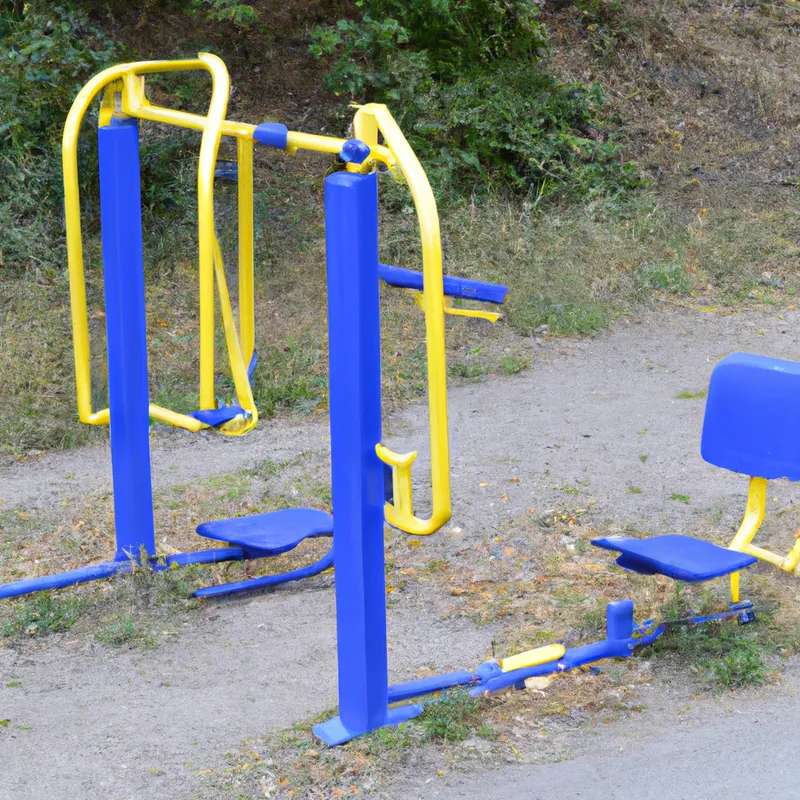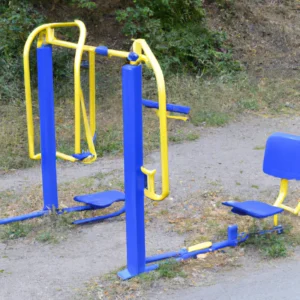Enhance Safety: Wearable Tech in Injury Prevention
The Use of Wearable Technology for Monitoring Injury Risk
Wearable technology has changed sports and athletic training. Athletes and active individuals use devices to monitor performance and health. Smartwatches, fitness trackers, and specialized wearables help understand injury risk and improve performance. This blog discusses how wearable technology can monitor injury risk and enhance athletic safety, leading to better training outcomes.
Understanding Wearable Technology
Wearable technology includes devices worn on the body. These gadgets contain sensors that track health metrics like heart rate, body temperature, and movement patterns. Wearable devices provide real-time data, helping athletes gain insights into their physical status and potential injury risks.
How Wearable Devices Work
Wearable devices use sensors to collect data on physiological and biomechanical parameters. Common sensors include accelerometers, gyroscopes, and heart rate monitors. For example, accelerometers measure speed and direction, while heart rate monitors assess workout intensity. Some wearables even analyze muscle activity using electromyography (EMG), offering deeper insights during training.
Algorithms process the collected data and present it in user-friendly formats. Athletes can view performance metrics through mobile apps or web platforms. This accessibility allows athletes to interpret data and make informed training decisions.
The Role of Wearable Technology in Injury Prevention
Wearable technology effectively monitors and reduces injury risk. These devices analyze training loads and alert athletes to overtraining. Overtraining often causes fatigue, decreased performance, and increased injury risk. Wearable devices help athletes recognize when to rest or adjust their training intensity.
Wearables also identify changes in movement mechanics that may indicate injury risk. For instance, a significant change in an athlete’s running gait may suggest fatigue or an underlying issue. Wearable technology empowers athletes to address potential problems before they escalate into serious injuries.
Tips for Using Wearable Technology
To maximize wearable technology benefits, athletes should follow these tips:
1. **Choose the Right Device**: Select a device that fits your sport. Look for features that meet your needs. Runners may prioritize GPS tracking, while weightlifters may focus on heart rate monitoring.
2. **Set Realistic Goals**: Use data from your wearable to set achievable performance goals. Track weekly mileage, intensity levels, and recovery times. Gradually increase your training load to prevent overtraining.
Conclusion
In conclusion, wearable technology enhances performance monitoring and injury prevention. Athletes can use these devices to make informed decisions, ultimately improving their training outcomes.
Below are related products based on this post:
FAQ
What types of metrics can wearable technology track to help monitor injury risk?
Wearable technology can track various health metrics, including heart rate, body temperature, movement patterns, and muscle activity. Devices use sensors like accelerometers and gyroscopes to gather data on speed, direction, and workout intensity, providing athletes with insights into their physical status and potential injury risks.
How can athletes use wearable technology to prevent overtraining?
Wearable technology helps monitor training loads and can alert athletes when they are at risk of overtraining. By analyzing performance data, these devices can indicate when an athlete may need to rest or adjust their training intensity, thus reducing the risk of fatigue and injury.
What should athletes consider when choosing a wearable device?
Athletes should choose a device that fits their specific sport and training needs. It’s important to look for features that align with their activities, such as GPS tracking for runners or heart rate monitoring for weightlifters. Setting realistic performance goals based on the data collected from the device is also crucial for effective training.















Post Comment